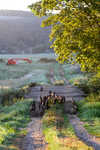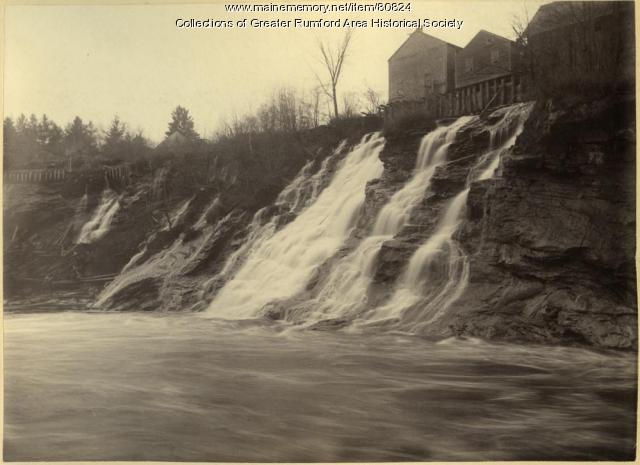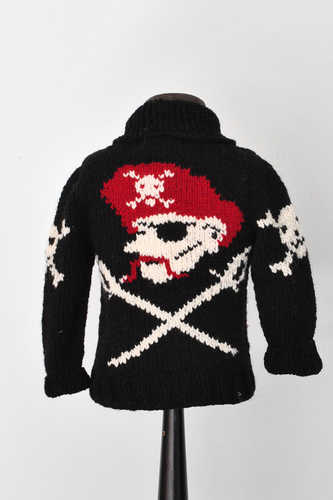Keywords: square cut
Item 108763
Monument Square, Portland, ca. 1963
Contributed by: Maine Historical Society Date: circa 1963 Location: Portland Media: Postcard
Item 21141
Hand cranked timber bore, New Sweden, ca. 1880
Contributed by: New Sweden Historical Society Date: circa 1880 Location: New Sweden Media: Wood, steel
Exhibit
Rum, Riot, and Reform - Drinking: Elegance and Debauchery
"… shelf contains cigar boxes, represented by red squares. On the top were champagne and wine bottles with apples for stoppers."
Exhibit
Throughout the history of the state, residents have protested, on paper or in the streets, to increase rights for various groups, to effect social change, to prevent social change, or to let their feelings be known about important issues.
Site Page
John Martin: Expert Observer - Gorham L. Boynton, Bangor, ca. 1867
"he is determined, Square outright in the belief that southern principles must & shall rule ..." The illustration is on page 24 of his "Scrap Book no…"
Site Page
Western Maine Foothills Region - Regional and Town History
"… of the Western Foothills History Project fall squarely into the latter category: Why is there a Buckfield Hill in Byron? What’s the story of the…"
Story
The Cup Code (working at OOB in the 1960s)
by Randy Randall
Teenagers cooking fried food in OOB and the code used identify the product and quantity.
Story
Langdon Burton and the Cold, Wet Tourists
by Phil Tedrick
A father and son have their vacation experience totally changed by an encounter with a fisherman
Lesson Plan
Grade Level: 3-5, 6-8, 9-12
Content Area: Social Studies, Visual & Performing Arts
"In the four quarters of the globe, who reads an American book?" Englishman Sydney Smith's 1820 sneer irked Americans, especially writers such as Irving, Cooper, Hawthorne, and Maine's John Neal, until Henry Wadsworth Longfellow's resounding popularity successfully rebuffed the question. The Bowdoin educated Portland native became the America's first superstar poet, paradoxically loved especially in Britain, even memorialized at Westminster Abbey. He achieved international celebrity with about forty books or translations to his credit between 1830 and 1884, and, like superstars today, his public craved pictures of him. His publishers consequently commissioned Longfellow's portrait more often than his family, and he sat for dozens of original paintings, drawings, and photos during his lifetime, as well as sculptures. Engravers and lithographers printed replicas of the originals as book frontispiece, as illustrations for magazine or newspaper articles, and as post cards or "cabinet" cards handed out to admirers, often autographed. After the poet's death, illustrators continued commercial production of his image for new editions of his writings and coloring books or games such as "Authors," and sculptors commemorated him with busts in Longfellow Schools or full-length figures in town squares. On the simple basis of quantity, the number of reproductions of the Maine native's image arguably marks him as the country's best-known nineteenth century writer. TEACHERS can use this presentation to discuss these themes in art, history, English, or humanities classes, or to lead into the following LESSON PLANS. The plans aim for any 9-12 high school studio art class, but they can also be used in any humanities course, such as literature or history. They can be adapted readily for grades 3-8 as well by modifying instructional language, evaluation rubrics, and targeted Maine Learning Results and by selecting materials for appropriate age level.













